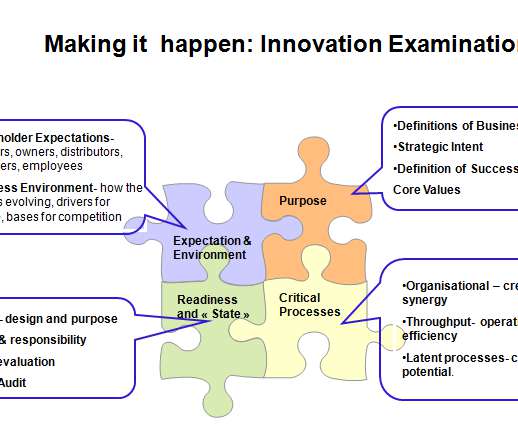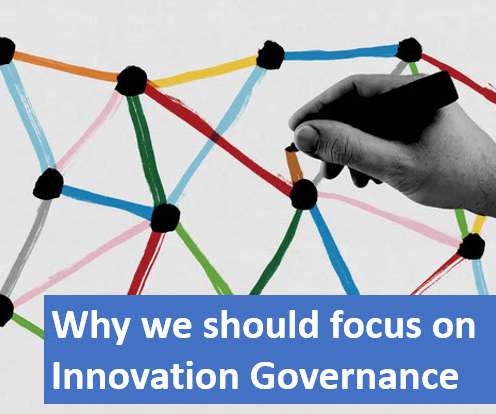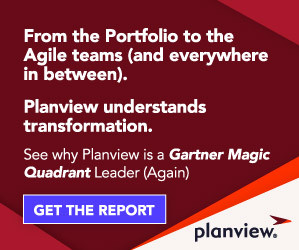Don't break the rules - become flexible and agile
Jeffrey Phillips
JULY 26, 2019
Businesses form their own, mostly intangible "rules" based on past history, profit guidelines and management experience. Or, perhaps what we really need to do is to create organizations that are more nimble, more agile, much more dynamic and capable of evolving as new thinking evolves and as customers and markets evolve.























Let's personalize your content